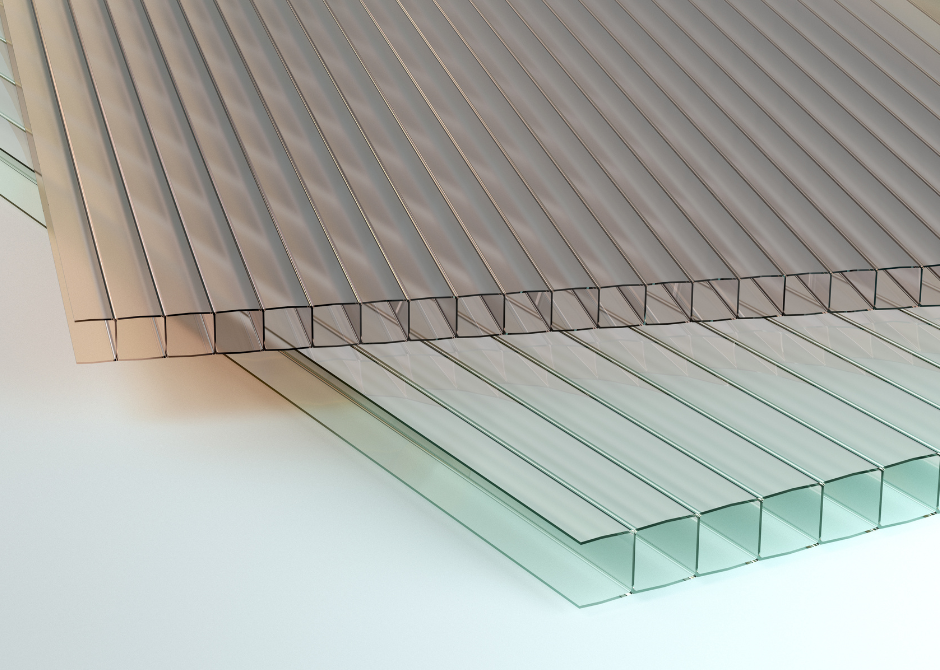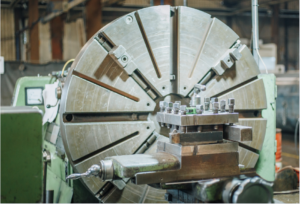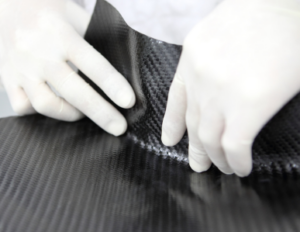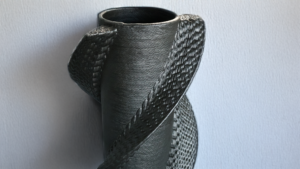
Polycarbonate, with its high durability and weather resistance, is used as a material for a variety of products both indoors and outdoors.
However, some people who are considering using polycarbonate to manufacture products or parts may ask, "Can polycarbonate be machined? Are there any points to be aware of? and "Are there any points to be careful about?
In this article, we will explain the advantages and disadvantages of the cutting process as well as the characteristics, advantages, and disadvantages of polycarbonate.
We hope you will find this information useful in the production of polycarbonate products.
For more information about Taiga, click here.Table of Contents
What is Polycarbonate? Advantages Disadvantages and Differences from Acrylic
Polycarbonate, also called PC, is a type of general-purpose engineering plastic.
Based on the characteristics and properties of polycarbonate, the advantages and disadvantages, and the differences from acrylic, a similar material, are explained in turn.
Polycarbonate Advantages
Polycarbonate offers the following advantages
- High heat resistance to 120°C to 130°C
- Cold resistant to maintain material performance up to -100°C
- Weather resistant to temperature changes and sunlight
- High transparency comparable to glass, with visible light transmittance of approximately 80-90%.
- 200 times more impact-resistant than glass and 50 times more impact-resistant than acrylic
- Low water absorption and shrinkage during molding, resulting in high dimensional stability and ease of processing
- Flame retardant and self-extinguishing
- Chemical resistance to alcohol, salts, and weak acids
Polycarbonate is used as a material for various products because of its high strength and weather resistance, as well as its ease of processing.
Disadvantages of Polycarbonate
The nature of polycarbonate has the following disadvantages
- High temperature and humidity cause degradation of strength due to hydrolysis
- Weak against organic solvents and alkalinity.
- Low hardness and easily scratched
- tenacious
- Difficult to glue
- Expensive as a material
Although polycarbonate is weather resistant, it should be noted that it is susceptible to deterioration in hot and humid conditions.
It also has some disadvantages over acrylic, such as lower hardness and a more easily scratched surface, and slightly lower workability due to the difficulty of bending and adhesion.
Difference between Polycarbonate and Acrylic
The following list compares the differences between polycarbonate and acrylic, a material similar to polycarbonate.
| raw materials | transparency | Impact resistance | weather resistance (e.g. in building material) | flame resistance | hardness |
| polycarbonate | high | High (50 times higher than acrylic) | High (also high heat and cold resistance) | High (difficult to ignite, self-extinguishing) | Slightly low (surface easily scratched) |
| acrylic (esp. acrylic fibre, fiber) | high | Slightly expensive (inferior to polycarbonate) | Low (low heat resistance) | Low (burns as is when ignited) | Slightly expensive (more scratch-resistant than polycarbonate) |
Examples of scenes and products where polycarbonate is used
Polycarbonate is utilized as a material for the following scenes and products, taking advantage of its material characteristics.
| field | Product Examples |
| Optical Field | Camera lenses DVD/CD substrates Fiber optics Glasses/sunglasses lenses |
| electronic equipment | Computer enclosures Camera enclosures Smartphone covers and bodies |
| daily necessities | Suitcase Writing materials Snow shovel Partition |
| vehicle | Aircraft windows Cockpit tops Car and motorcycle headlights and other covers Motorcycle helmets |
| Other | Police protective shield bulletproof glass greenhouse roof and walls |
Advantages of employing cutting in the processing of polycarbonate
Although polycarbonate is difficult to bend and bond, its high machinability makes it suitable for manufacturing products by cutting.
This section describes, in turn, the advantages gained by using cutting in the processing of polycarbonate.
Cost-effective processing
Cutting can be done immediately with 3D data and programs without using dies.
The absence of costs associated with the production of molds makes it possible to manufacture products at a reduced cost.
Polycarbonate is one of the more expensive materials, so cutting is an option when considering product fabrication at the lowest possible cost.
High-precision machining can be achieved.
Cutting is based on data and programs, so it has the advantage of high machining accuracy.
In addition to machining with high precision in the micron range, case-specific machining, such as checking mating with another part and adjusting surface roughness, can also be realized.
Polycarbonate is also suitable for use in products and parts that require fine dimensional accuracy, such as camera lenses, PC and smartphone components.
Can be processed into various shapes
Cutting is not limited by the thickness of the material as long as the machine to be machined can handle it.
Some machining centers can be programmed for the process of work and the order of tools to be used, enabling machining under more precise conditions.
Cutting can also be used to process polycarbonate into parts with complex shapes for specific applications.
Points to keep in mind when machining polycarbonate
While polycarbonate can be machined and manufactured into a wide variety of parts and products by cutting, various problems can occur during processing.
The following is a step-by-step explanation of the precautions to remember when cutting polycarbonate.
Prone to chipping at the edges
Polycarbonate has a tendency to chip edges when the feed rate is high or the rake angle is too large during machining.
Therefore, appropriate machining conditions must be set and care must be taken to avoid edge chipping.
Cutting surfaces may melt during cutting
Cutting process can cause heat to build up in the tool, which can melt the polycarbonate cutting surface during machining.
To prevent heat accumulation, it is recommended to use a cutting oil with high cooling effect in combination.
Polycarbonate has low water absorption, so there is no problem in using water-soluble cutting oils.
Polycarbonate cutting process flow
The following is a summary of the polycarbonate cutting process flow.
- Input data and programs based on drawings and designs into the machine.
- Tools and material polycarbonate are set in the machine.
- proceed with processing
- Chamfer and finish as needed
Note that polycarbonate is generally machined by turning using an NC lathe or multi-tasking lathe, or by milling using cutting machines such as NC milling machines and machining centers (MC).
How to choose a supplier for polycarbonate cutting
This section describes points for selecting a supplier for polycarbonate cutting.
Does the company have extensive experience in polycarbonate cutting and production?
Contractors with extensive experience in polycarbonate cutting and production cases are proof of their high level of technology and expertise.
Polycarbonate must be processed with melting and heat treatment of the cut surface.
A contractor with extensive experience and case studies will be able to consistently advance high-quality polycarbonate processing.
Does it support cutting of other resin materials?
A contractor that is capable of cutting resin materials other than polycarbonate will have a high level of responsiveness and technology as a contractor.
If the company has extensive experience in cutting other resin materials, it can be said to be a supplier capable of cutting polycarbonate with high precision.
Another advantage is that there are options other than polycarbonate to consider for product manufacturing.
Time to delivery and cost
The time from request to delivery and the costs incurred vary from vendor to vendor.
If you are considering requesting this service, be sure to request an estimate and confirm the timeframe and cost.
A vendor with an acceptable time frame and cost will avoid delays in delivery and cost problems after the request is made.
Summary
The advantages and cautions of the cutting process are explained along with the characteristics, advantages, and disadvantages of polycarbonate.
Polycarbonate is used as a material for a wide range of products, and cutting can be used to manufacture parts and products with high precision.
Choose a reliable supplier with a proven track record in cutting polycarbonate and other resin materials to ensure a successful cutting process.
If you are considering manufacturing parts using polycarbonate, please contact us.Taiga."Taiga is a free service that allows you to consult with experienced contractors.
We can efficiently proceed with the development of difficult or new parts, small-lot production, prototyping, and mass production while keeping costs low.
For more information about Taiga, click here.
 0120-987-742
0120-987-742


